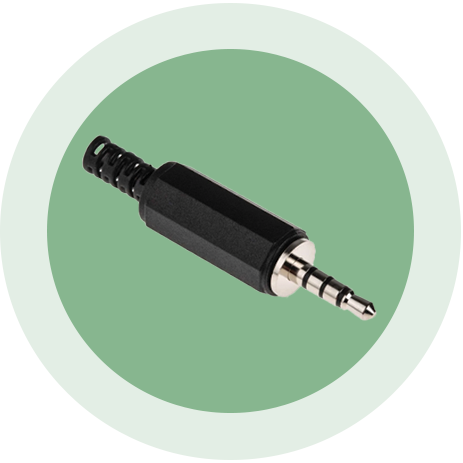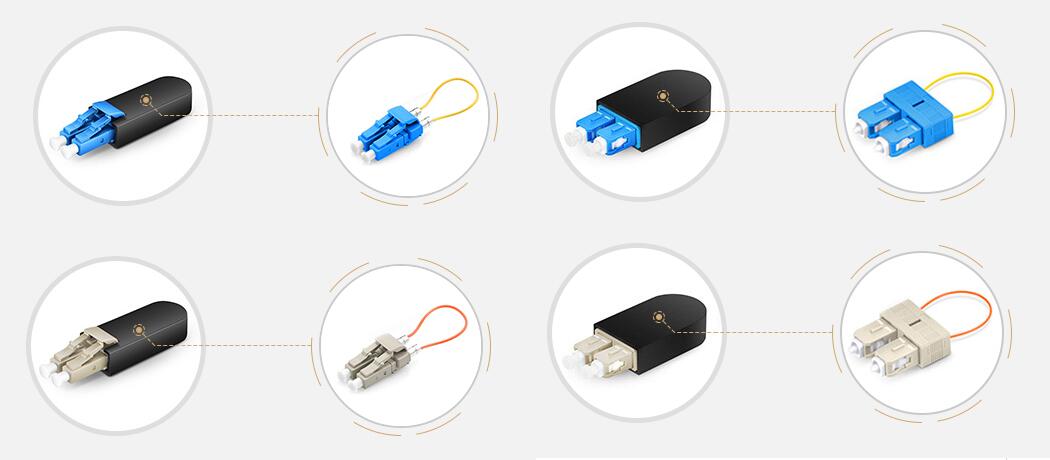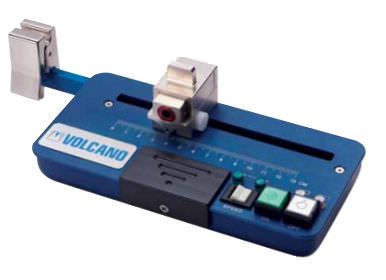

Replace hw:2,0 with the appropriate device identifier for your loopback device. Load-module module-alsa-source device=hw:2,0 You can load this module by modifying the /etc/pulse/default.pa file and adding the line:

Play some sound on your system (e.g., a music file or a YouTube video) and observe the input level meter in pavucontrol. Now, it’s time to test if the loopback device is working properly.

Select the ALSA loopback device as the input source for your microphone. Here, you should see a list of all the input devices recognized by PulseAudio. Open pavucontrol and go to the “Input Devices” tab. This can be done using pavucontrol (PulseAudio Volume Control), a graphical interface for managing PulseAudio. Next, you need to configure PulseAudio to use the ALSA loopback device. If the loopback device is installed correctly, it should be listed here. This command lists all the ALSA playback devices recognized by your system. The sudo command is used to run modprobe with root privileges, as adding a kernel module typically requires administrative rights.Īfter running this command, you can verify that the loopback device is recognized by running: aplay -l In this case, snd-aloop is the module for the ALSA loopback device. The modprobe command is used to add a module to the Linux kernel. This can be done by running the following command in the terminal: sudo modprobe snd-aloop
#Loop back device install
Installing the ALSA Loopback Deviceįirstly, you need to install the ALSA loopback device. Audio data written to the playback device can be read from the capture device, effectively creating a “loopback” of audio data. It works by creating two virtual audio devices: a playback device and a capture device.
#Loop back device software
To disable remote loopback manually, perform the preceding procedures.The ALSA loopback device is a virtual sound card that can be used to route audio between different software applications. After the timeout interval expires, the local device automatically sends a message to instruct the remote device to disable remote loopback. By default, the timeout interval for remote loopback is 20 minutes. To prevent this problem, a capability can be configured to disable remote loopback automatically after a specified timeout interval. If remote loopback is left enabled, the remote device keeps looping back service data, causing a service interruption. Remote loopback is disabled on the interface. Press Ctrl+C to stop sending test packets. The outbound interface of test packets should be the interface connected to the link to be tested. During test packet transmission, parameters of sent test packets cannot be changed. The device is configured to send test packets.īy default, the size of a test packet is 64 bytes and the number of sent packets is 5. Run test-packet start interface interface-type interface-number * Only one interface can send EFM test packets at one time.

You are advised not to set the timeout interval to 0. After 20 minutes, remote loopback is disabled automatically. The interface is configured to initiate remote loopback.īy default, the timeout interval for remote loopback is 20 minutes. The view of an interface in active EFM mode is displayed. Run interface interface-type interface-number


 0 kommentar(er)
0 kommentar(er)
